The Nguyen Dan Celebration of Spring, or Tet, marks the arrival of spring in Vietnam, symbolizing renewal and hope. This pivotal festival in the Vietnamese calendar is much more than a celebration of the Lunar New Year; it’s deeply rooted in the country’s cultural and historical traditions. The Nguyen Dan Celebration of Spring is a time for family reunions, honoring ancestors, and ushering in prosperity and happiness. Each aspect of the celebration, from preparing special foods to decorating homes, carries rich symbolism, reflecting the enduring values and beliefs of the Vietnamese people.
The Origins of Nguyen Dan
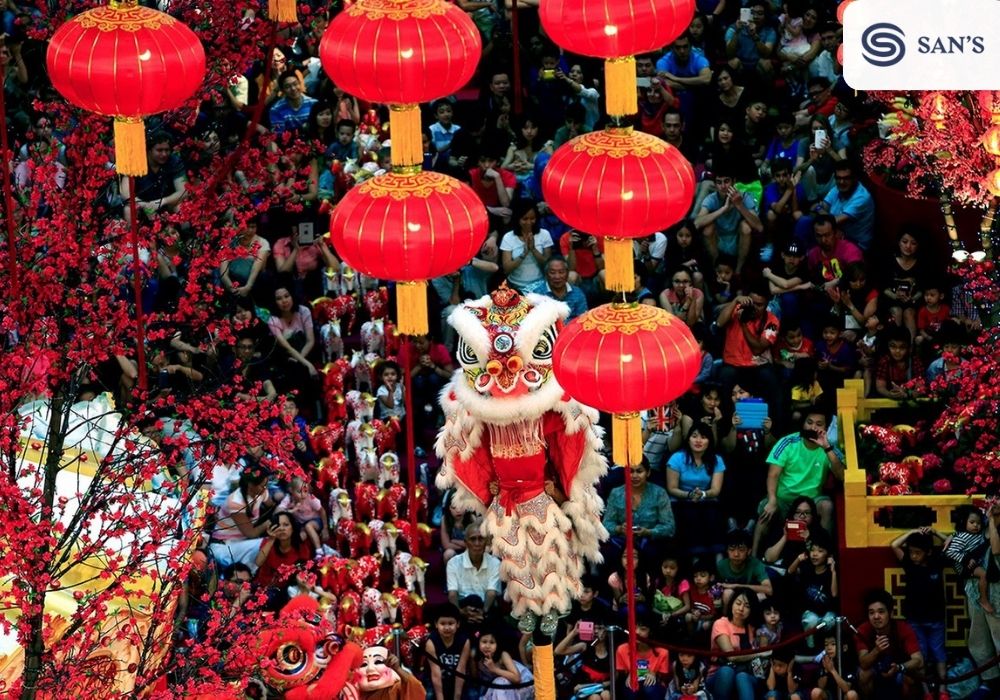
The Nguyen Dan celebration, or Tet, has a rich history that spans several centuries, deeply rooted in Vietnamese culture. Originally an agrarian festival, it marked the end of the harvest season and the beginning of a new year. This celebration was a time for farmers to rest and prepare for the upcoming planting season, and it was steeped in rituals that honored the ancestors and prayed for good harvests.
As Vietnam underwent various historical and cultural changes, so too did the Nguyen Dan celebration. It absorbed elements from both Buddhist and Confucian traditions, enriching its spiritual and communal aspects. In modern times, while maintaining its traditional core of family reunions and ancestor worship, Nguyen Dan has evolved to include more contemporary practices. The celebration now also emphasizes community, togetherness, and the spirit of renewal, reflecting the dynamic nature of Vietnamese culture as it bridges the past with the present.
Evolution of the Nguyen Dan Celebration of Spring: From Ancient Rituals to Modern Festivitie
Throughout history, the Nguyen Dan Celebration of Spring has transformed significantly, reflecting Vietnam’s evolving cultural landscape. In ancient times, this festival was deeply rooted in agricultural traditions. Communities would gather to offer prayers for a prosperous harvest, and the festivities were centered around family, with an emphasis on ancestor worship and sharing traditional meals.
In contrast, the modern Nguyen Dan Celebration of Spring has expanded to become a more inclusive and widespread event. While it retains the core values of family unity and honoring ancestors, contemporary celebrations are marked by vibrant street parades, elaborate fireworks, and the exchange of gifts. The use of technology for sending greetings and the inclusion of modern entertainment forms have also become integral parts of the celebration. This evolution from a primarily agrarian-focused festival to a multifaceted cultural event showcases the adaptability of the Nguyen Dan Celebration of Spring, blending tradition with modernity.
Cultural Significance of Nguyen Dan
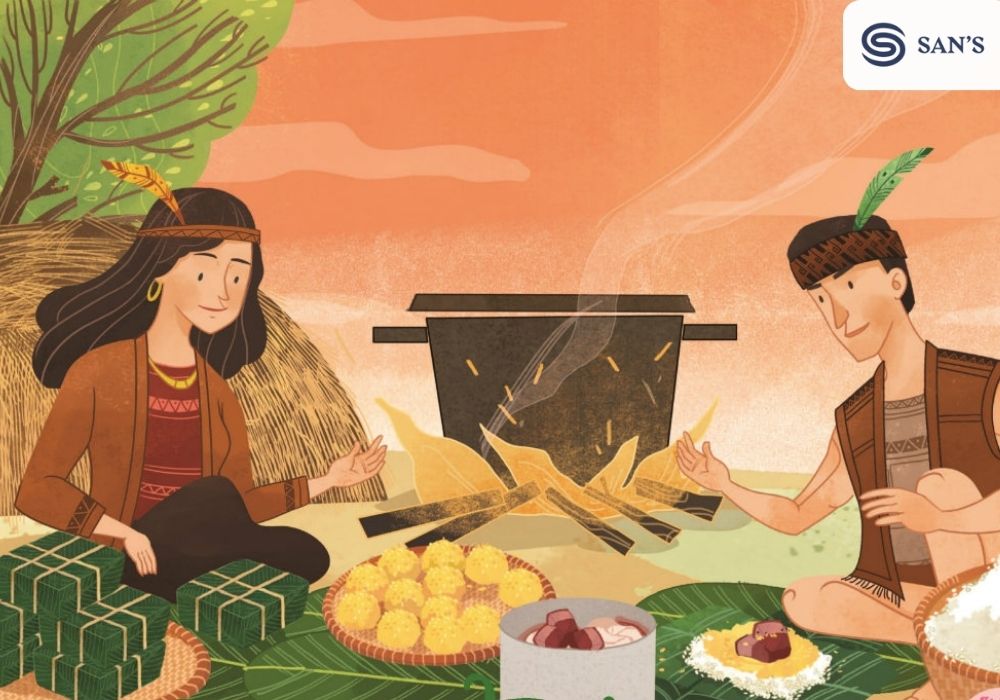
The Nguyen Dan Celebration of Spring holds immense cultural significance in Vietnam, embodying a rich tapestry of traditions and values. This festival, deeply rooted in the Vietnamese ethos, is a vibrant expression of family unity, community bonds, and respect for ancestry.
Family is at the heart of the Nguyen Dan Celebration of Spring. It’s a time when families gather, often traveling great distances to be together, reinforcing familial ties and honoring household ancestors. These reunions are steeped in rituals that emphasize respect for family heritage and continuity of traditions.
In the broader community, the Nguyen Dan Celebration of Spring plays a crucial role in fostering a collective identity. Neighbors and community members engage in communal activities, sharing the joy and spirit of the season. This communal aspect reinforces social bonds and promotes a sense of belonging and mutual support, essential elements of Vietnamese culture.
Moreover, the Nguyen Dan Celebration of Spring reflects Vietnam’s agricultural heritage. Coinciding with the end of one harvest and the start of another, it highlights the community’s connection to nature and the land. This festival is a poignant reminder of the harmonious relationship between humans and nature, central to Vietnamese life.
Overall, the Nguyen Dan Celebration of Spring is not just a festive occasion but a profound cultural event that encapsulates the essence of Vietnamese family values, community spirit, and reverence for natural cycles.
Traditional Practices and Rituals
The Nguyen Dan Celebration of Spring is marked by a wealth of traditional practices and rituals that carry deep symbolic meaning, reflecting the rich cultural heritage of Vietnam. Ancestor worship is a pivotal ritual during Nguyen Dan, where families honor their ancestors with offerings of food, flowers, and incense. This practice symbolizes respect and remembrance, highlighting the Vietnamese value of familial continuity and the seeking of ancestral blessings for the year ahead.
Central to the culinary traditions of Nguyen Dan is the preparation of special foods like Banh Chung (square sticky rice cake) and Banh Day (round sticky rice cake). Banh Chung, made with glutinous rice, mung beans, and pork, wrapped in banana leaves, represents the Earth, mirroring Vietnam’s agrarian roots. Banh Day, complementing Banh Chung, symbolizes the Sky, together embodying the harmony between Heaven and Earth.
Home cleaning and decoration are also integral to the Nguyen Dan Celebration of Spring. Families clean their homes to expel bad luck and welcome good fortune. Decorations often include peach blossoms in the North and apricot blossoms in the South, signifying life and renewal in spring.
Furthermore, the exchange of lucky money in red envelopes (li xi) between elders and younger members encapsulates the transfer of luck and blessings. This gesture reinforces bonds and shares prosperity.
These practices during the Nguyen Dan Celebration of Spring are rich in symbolism, weaving together themes of respect, rejuvenation, and the cyclical nature of life, core tenets of Vietnamese culture and tradition.
Food and Cuisine During Nguyen Dan
During the Nguyen Dan Celebration of Spring, Vietnamese cuisine takes center stage, featuring an array of special dishes that are not only culinary delights but also carry significant cultural meanings. The most iconic of these is Banh Chung, a square-shaped sticky rice cake filled with mung beans and pork, symbolizing the Earth. Its counterpart, Banh Day, a round sticky rice cake, represents the Sky. These cakes are central to the festival, embodying the harmony between nature and humanity, and are a tribute to the agrarian roots of Vietnam.
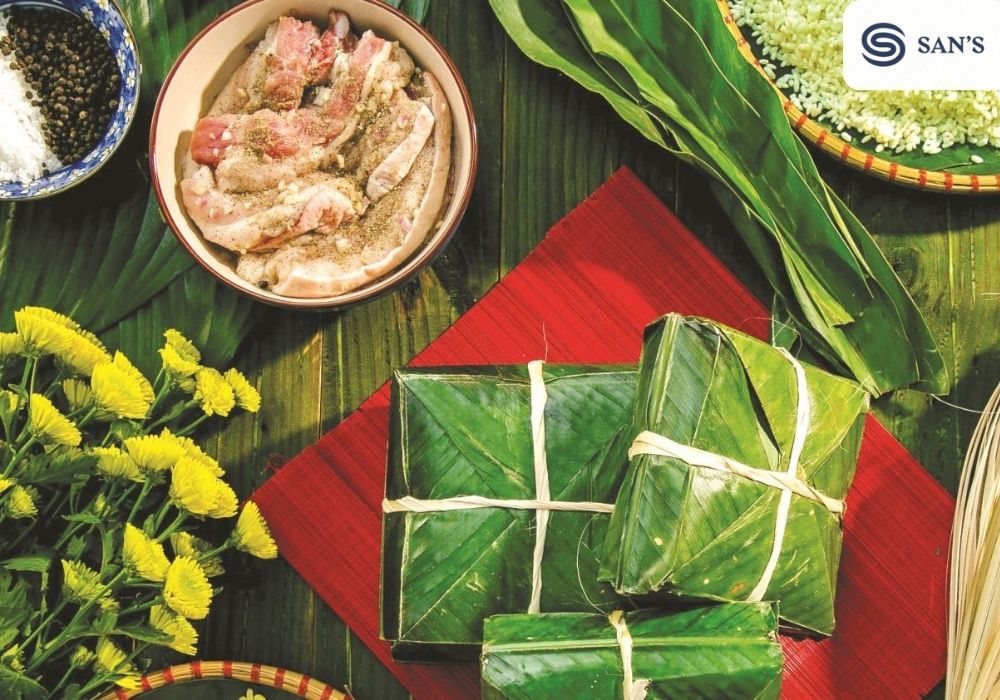
Another significant dish is Gio Lua (Vietnamese pork sausage), known for its delicate texture and unique flavor, often served as a key component of the festive meal. Additionally, pickled onions are commonly prepared, their sourness believed to cleanse the palate and symbolize the shedding of the previous year’s troubles.
These special dishes during Nguyen Dan are not just for gastronomic pleasure but are steeped in tradition. Their preparation and consumption during the festival are acts of honoring ancestors and celebrating the bounty of life, reflecting the essence of the Nguyen Dan Celebration of Spring. Each dish, with its distinct flavors and symbolism, contributes to the richness of the celebration, making food an integral and revered part of this festive season.
>>> Read more: A Comprehensive Guide to Traveling in Vietnam During TET
Nguyen Dan in the Modern Context
In the modern context, the Nguyen Dan Celebration of Spring elegantly intertwines tradition with modernity, reflecting the evolving nature of Vietnamese culture. Today, this festival is marked not only by time-honored customs like ancestral rituals and traditional foods but also by the incorporation of contemporary elements and technologies.
Urban celebrations of Nguyen Dan often showcase a vibrant mix of old and new, with lively street parades and spectacular fireworks complementing the more traditional practices. The advent of technology has also transformed the way Nguyen Dan is celebrated, with digital greetings and social media playing a significant role in connecting families and friends, irrespective of the physical distances.
Younger generations are pivotal in bringing a fresh perspective to the Nguyen Dan Celebration of Spring. They actively engage in traditional customs while infusing the festival with modern elements such as themed parties and contemporary music, adding a new dimension to the celebrations.
This blend of the traditional and the modern during the Nguyen Dan Celebration of Spring demonstrates the adaptability and enduring relevance of cultural traditions. It highlights how the Nguyen Dan festival has grown and evolved, symbolizing a culture that honors its past while embracing the present and future.
Nguyen Dan Celebrations Worldwide
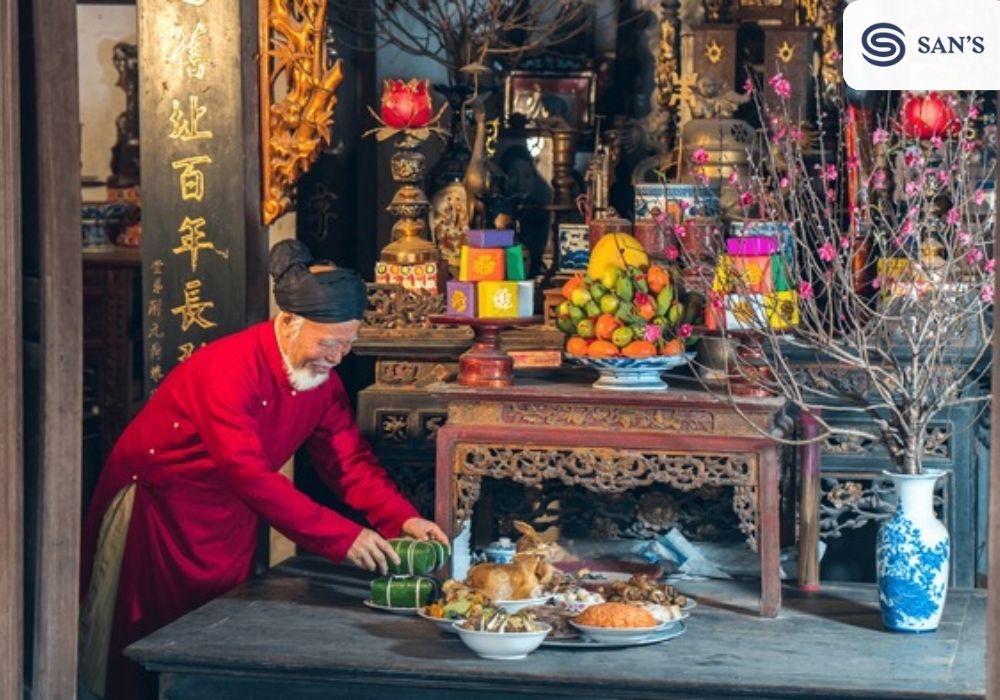
The Nguyen Dan Celebration of Spring transcends Vietnam’s borders, observed by Vietnamese communities globally. These celebrations maintain cultural integrity, featuring traditional foods, rituals, and gatherings, even in distant lands. This global observance illustrates the Vietnamese diaspora’s commitment to preserving their heritage, allowing the culture to flourish and be shared internationally. Such celebrations serve as cultural bridges, connecting Vietnamese people worldwide and introducing others to the rich traditions of the Nguyen Dan Celebration of Spring.
Tips for Participating in Nguyen Dan Celebrations
To participate respectfully in the Nguyen Dan Celebration of Spring, understanding and embracing the customs is key. Dress modestly for temple visits, offer help with preparations, and engage in the rituals thoughtfully. Showing interest in learning about the traditions and asking questions politely can enrich the experience. Most importantly, showing respect for the cultural significance of the Nguyen Dan Celebration of Spring enhances mutual understanding and appreciation.
“So what do you think about Tet now? Would you like to become a part of it in 2024? Contact San Travel book a tour to Vietnam right away to experience this cultural festival!
FAQs
1.What are the key customs of Nguyen Dan?
Ancestor worship, preparing traditional foods and family reunions.
2.How can I participate in Nguyen Dan if I’m not Vietnamese?
Respect the customs, join in the festivities and learn about the traditions.
3.What foods are associated with the Nguyen Dan Celebration of Spring?
Banh Chung, Banh Day and other traditional Vietnamese dishes.


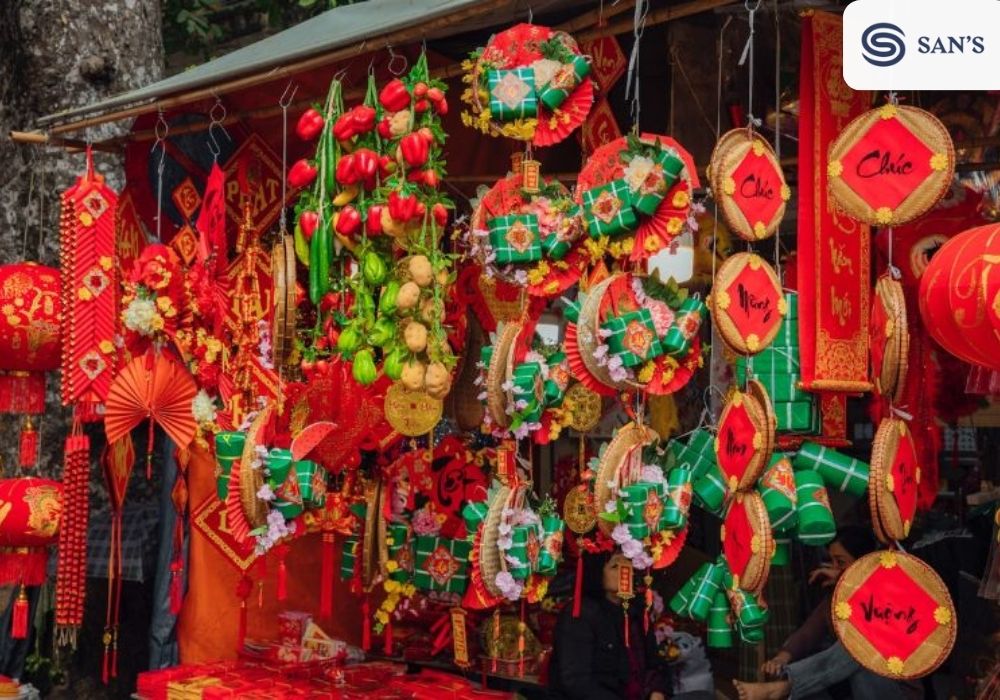
Comment (0)